
Fixing Australia’s Human Rights Black Hole
How can we strengthen human rights culture in Australia? Here are two important changes that need to happen.

How can we strengthen human rights culture in Australia? Here are two important changes that need to happen.
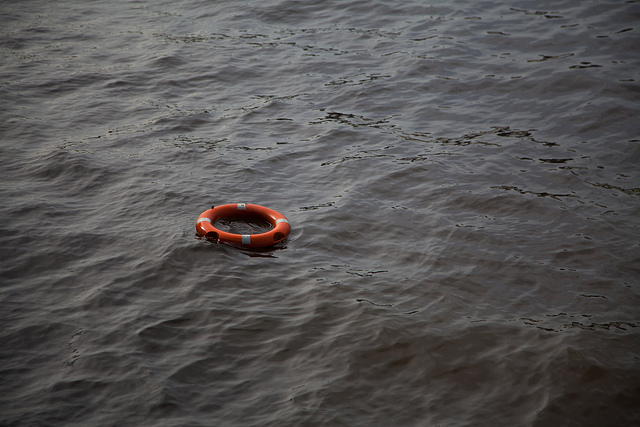
Poetry by Mary Chydiriotis.

By channeling his own experiences into his work, multidisciplinary artist Sha Sarwari draws attention to the untold narratives of asylum seekers and invites the public to engage in conversations on this topic.
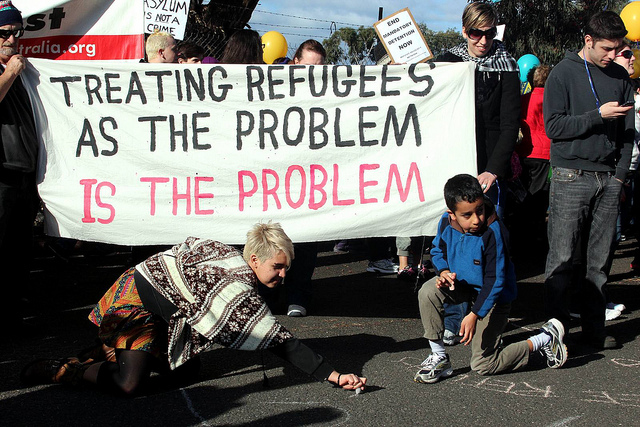
Gavin Ackerly, Director of the Empowerment Pillar at Melbourne’s Asylum Seeker Resource Centre, writes about the ASRC’s new model which helps asylum seekers find solutions to their own challenges.
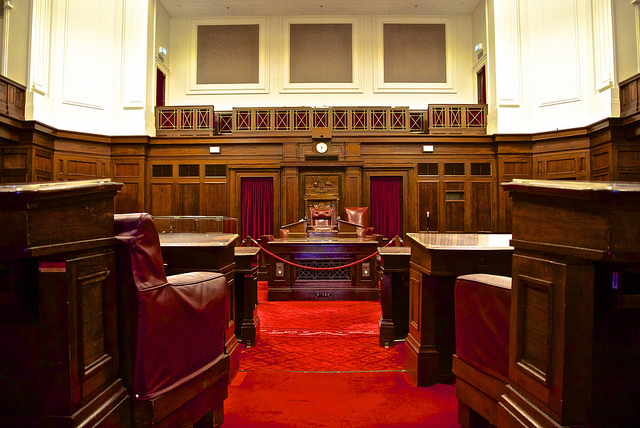
Dr Joyce Chia discusses the implications of the Australian Citizenship and Other Legislation Amendment Bill 2014 for our democracy.

The world’s refugee crises cannot be resolved without political action. It’s time for political leaders to take responsibility for the world’s displaced, writes Refugees International’s Jeff Crisp.

Australia’s agreement to transfer refugees from Nauru for resettlement raises insecurities for both Cambodia and the refugees themselves, particularly women.

Arts activist Scotia Monkivitch devised a walked performance and installation to poetically engage the public in dialogue on border politics during the 2014 G20.
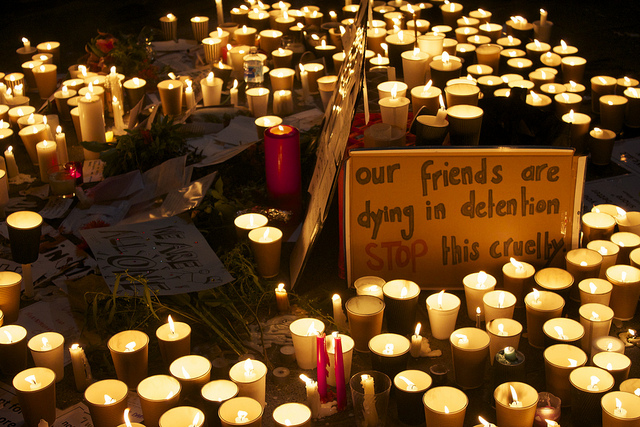
Why do we turn some incidents of political violence into public spectacles of terrorism while obscuring others?
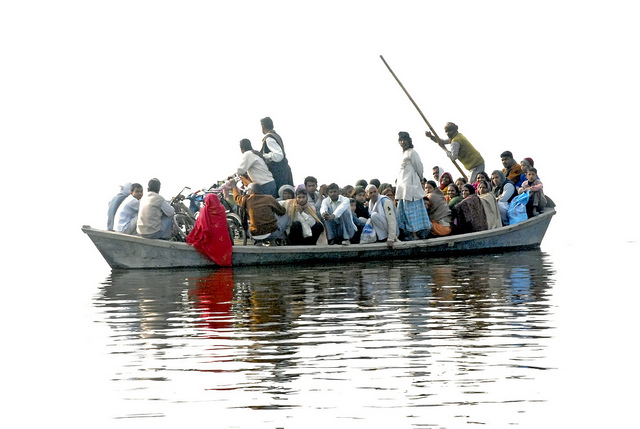
New poetry by Katherine E Seppings.

The double perspective that Dawood Amiri offers as both an asylum seeker and people-smuggler adds nuance and compassion to a national debate often devoid of both, writes Veronica Sullivan.
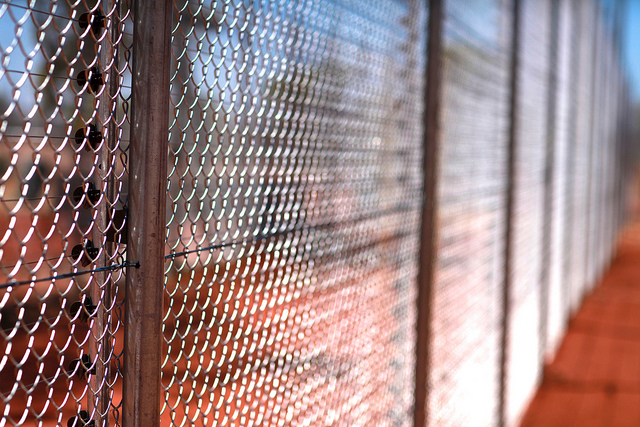
“Their suffering is now my suffering.” Anne Hilton tells us what inspired her to walk from Sydney to Canberra for asylum seekers.